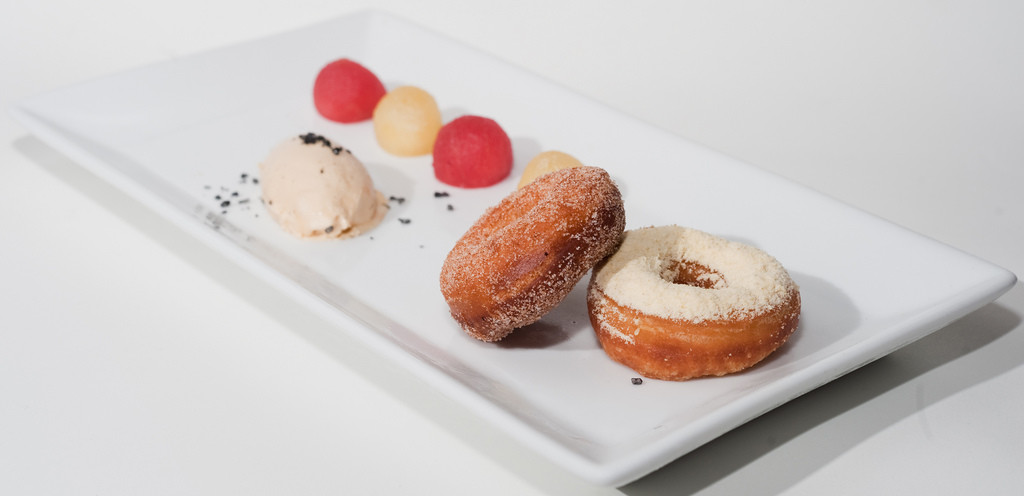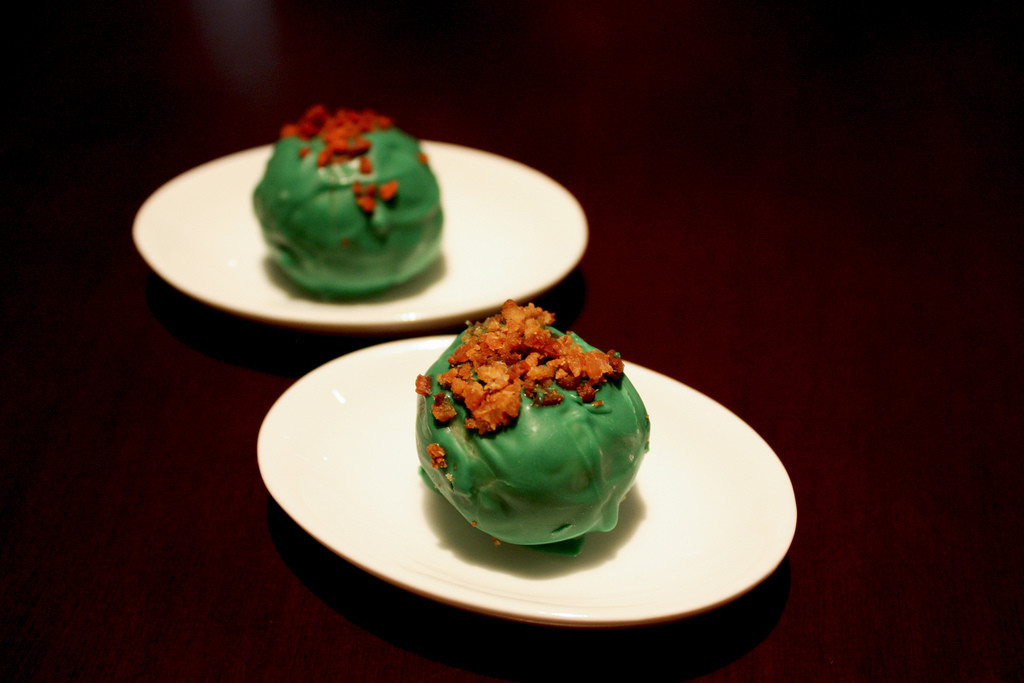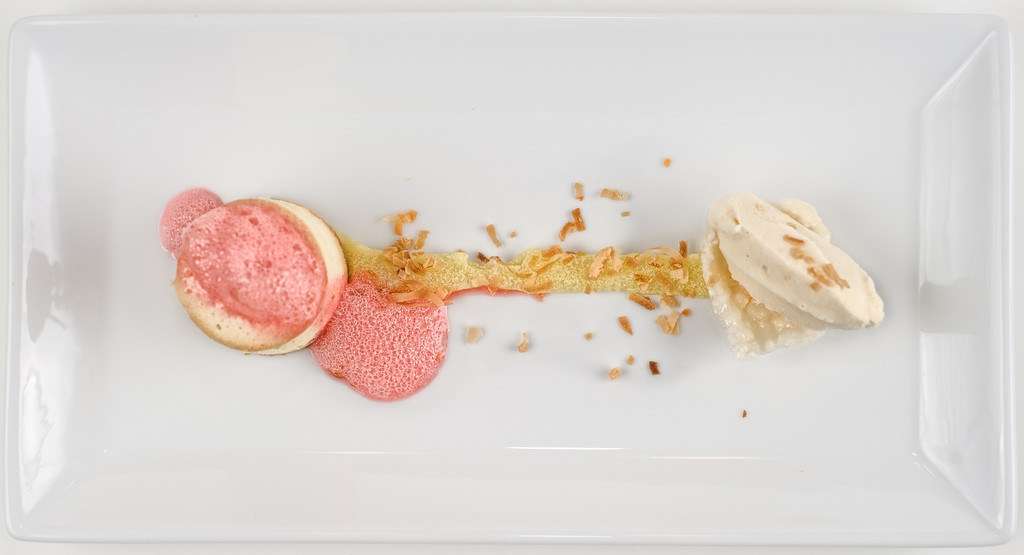Dehydrators, foamers, vacuumisers, syringes, microscopes—what could these equipment possibly have to do with cooking?

Photo courtesy of Flickr.com
Well, molecular gastronomy uses all these and more to experiment with textures and flavours. It’s all about exploring culinary possibilities by borrowing tools from science labs and ingredients from the food industry. Formally, molecular gastronomy is a scientific discipline that studies physical and chemical processes that occur while cooking.

Photo courtesy of Flickr.com
For those of you who are thinking, “This is too ornate for my palate,” stop and read on. You might find a dish meager in size but the variegated range of flavours is worth experiencing.
Liquid nitrogen, techniques like Spherification are used to create some pretty cool stuff—the kind you’d have only seen in those fancy episodes of MasterChef Australia.
Jackfruit kebabs with mango flavoured foam, rajkachori with pumpkin foam, dehydrated meetha paan encased in gujiya-shaped candyfloss, frozen phirni, resplendent arrays of deconstructed cocktails and mocktails—we are fixated already.

Photo courtesy of Flickr.com
There are only a few restaurants in the National Capital Region (NCR) where you can dabble in molecular gastronomic food including Azimuth, Smoke House Room, and Farzi Café.
The food is experimental, but equally refulgent. Go for the experience, for cleansing your palate, and tickling your taste buds. Bon Appetit!
More from the Spoon archives:


